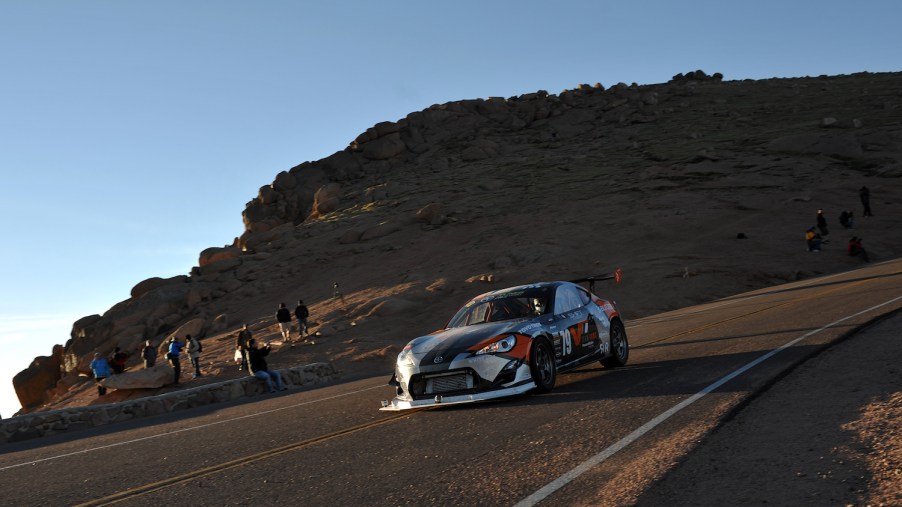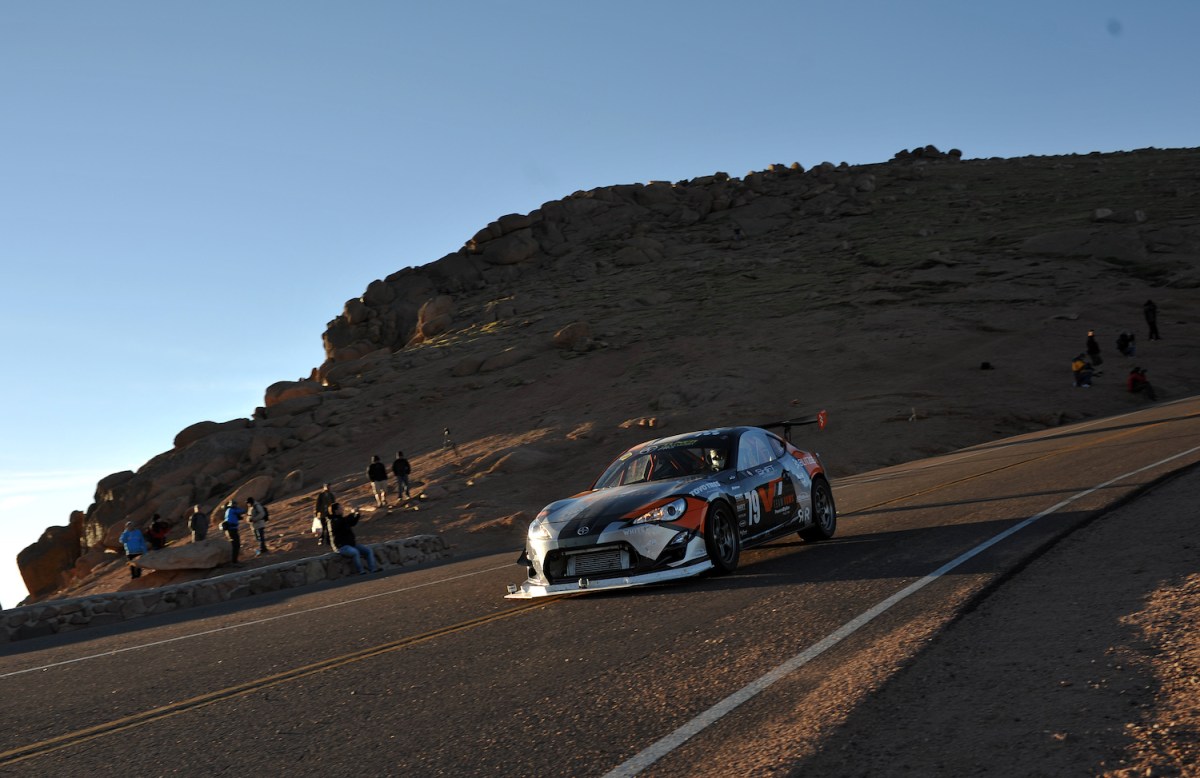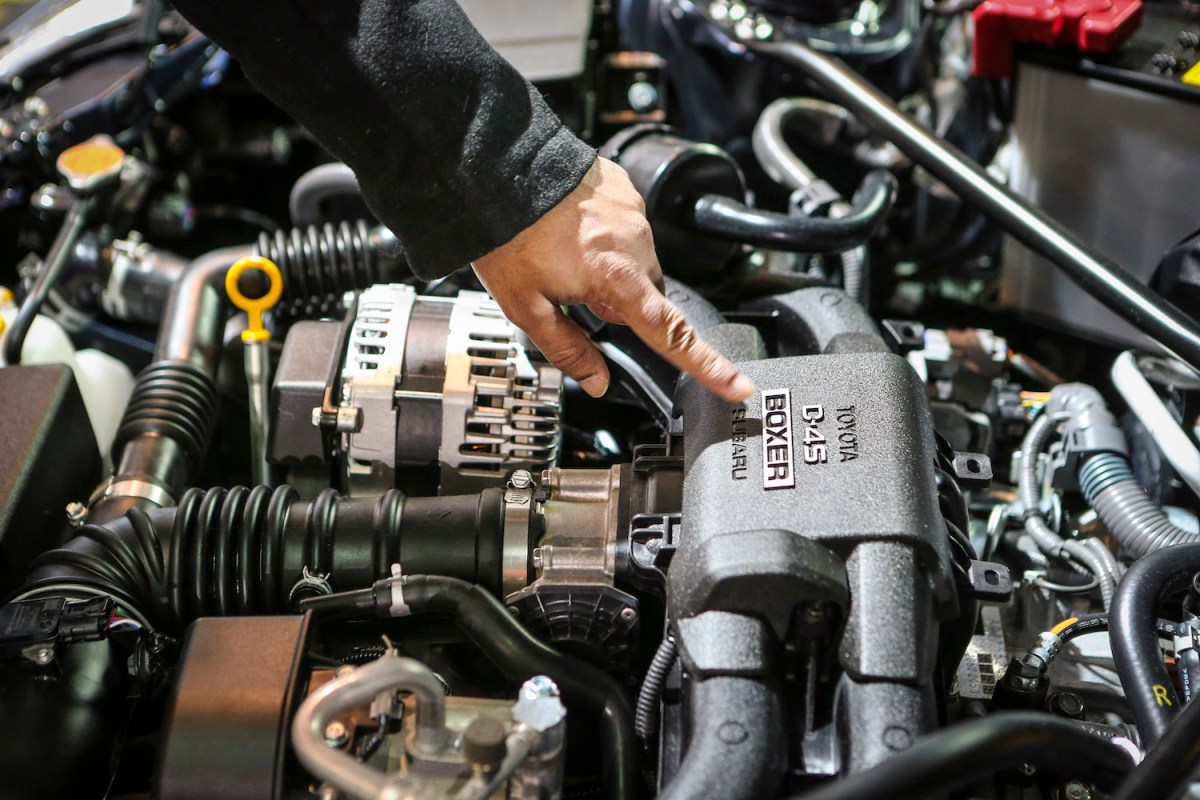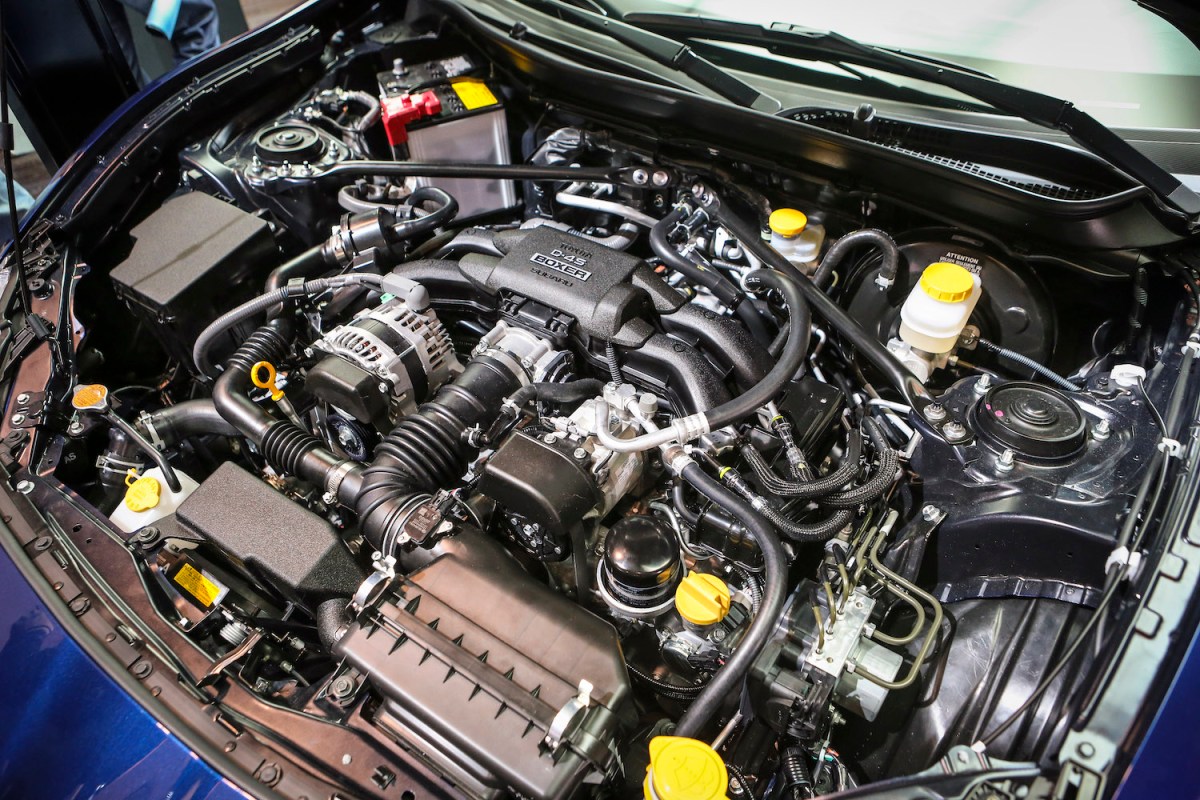
Best Mods to Speed Up Your Scion FR-S
The Scion FR-S entered the world as a near-perfect sports car. It was a coupe with rear-wheel drive and it had a front-mounted engine. However, it had a fundamental flaw. The engine was considered underpowered, and its 200 horsepower only showed up at the top of the rev counter. The new Toyota 86 and Subaru BRZ may have this problem worked out, with 25 extra horsepower rearranged for more torque, but does this leave FR-S owners with no options? As it turns out, FR-S owners have a few options they can turn to in order to eke out those extra ponies.
Cold air intake

A stock FR-S gets 155 horsepower to the rear wheels, so any kind of gain is significant. Cold air intakes have a reputation for not making a big difference unless the car is severely inhibited from the factory. Luckily this appears to be the case with the FR-S. With an Injen Intake, Dynos report a 12 horsepower increase, which is staggering. For even better performance, tuners recommend rerouting the cold air intake farther into the front bumper for the coldest air.
Tune for E85

The FR-S suffers from an excruciating torque dip at around 4,000 RPM. Luckily this can be fixed with a simple tune and E85 pump gas. A Vishnu Performance OpenFlash Tablet coupled with a set of good headers can net a 25 horsepower increase, according to Dynos on Modbargains. This with the cold air intake gets total wheel horsepower to around 190. The FR-S’ stock exhaust flows well already, but opting for a single exhaust conversion would save some weight.
Forced Induction
A tried and true method for gaining as much power as possible from the FR-S motor is a supercharger. Owners report over 230 wheel horsepower from a supercharger, pulley, and cold air intake. Some owners get over 300 wheel horsepower, with a stage 1 turbo kit and bigger injectors. Either way, it’s not terribly expensive. A supercharger kit for the FR-S runs around $4,000. A turbo kit runs for around the same.
Lightweight pulleys and rear end gearing

These won’t increase horsepower, but lighter pulleys could help the engine spin faster. Likewise, getting a lower gear ratio in the differential will make the wheels spin faster. Additionally, FR-S owners benefit from having aftermarket tires and wheels. The stock wheels are reportedly 7-inches wide, which doesn’t allow a very large contact patch. The car comes stock with Prius tires, which don’t offer a lot in the way of grip. A new set of wider wheels and bigger tires could help the car retain significant grip, and thus be faster in the turns.
A lot of ways exist for getting an FR-S more power, and more off-the-line grunt. The air intake, tune, and headers cost around $1,500, which is considerably less than forced induction. However, the performance gains from a turbo or supercharger are hard to beat. Getting into forced induction unfortunately makes reliability take a back seat. If using the FR-S as a daily driver, a tune plus E85, headers, and a cold air intake should provide more than enough power.


